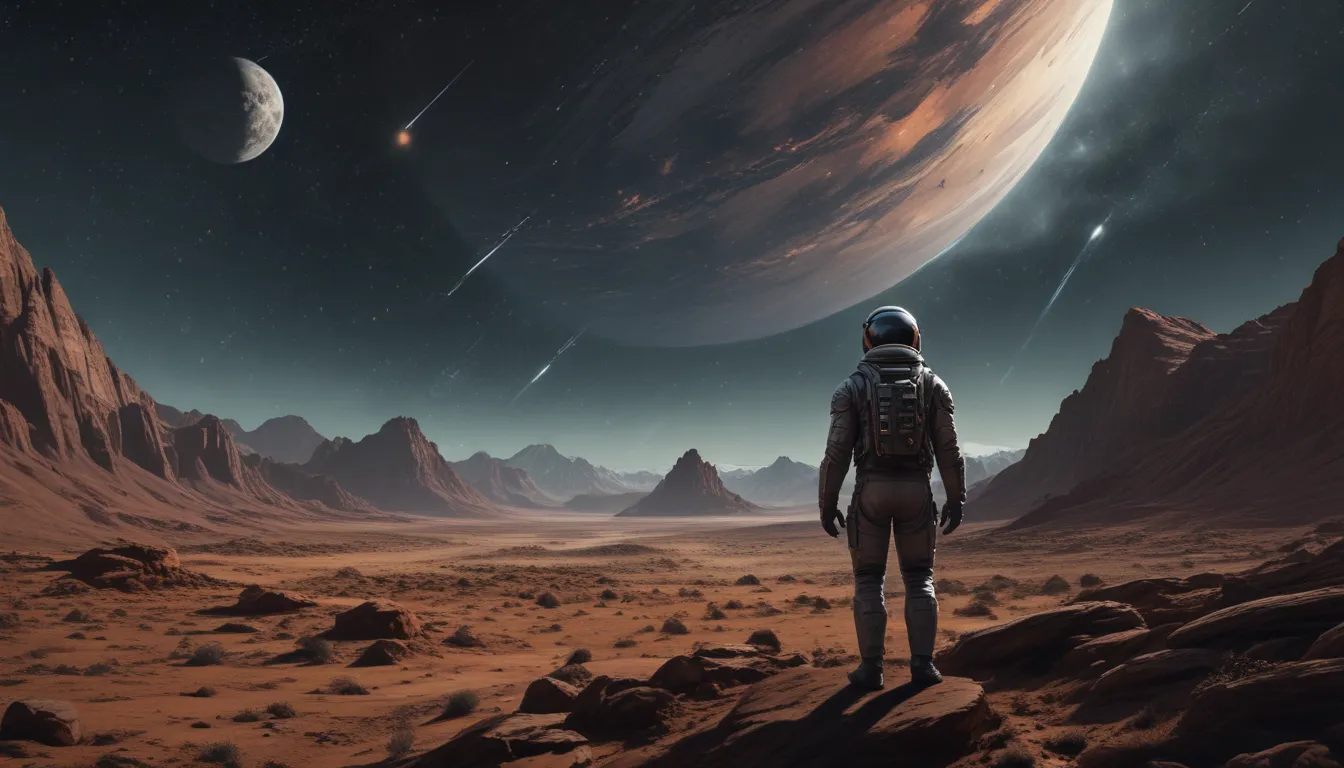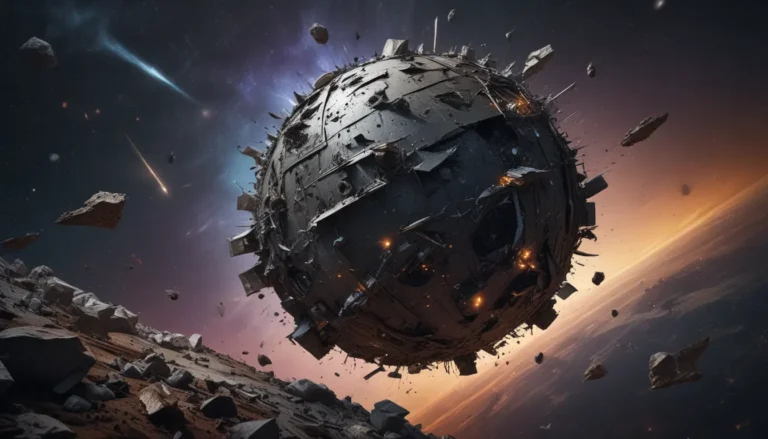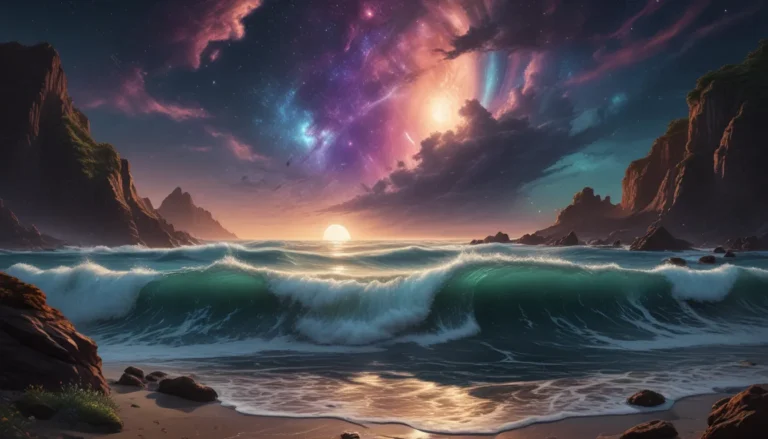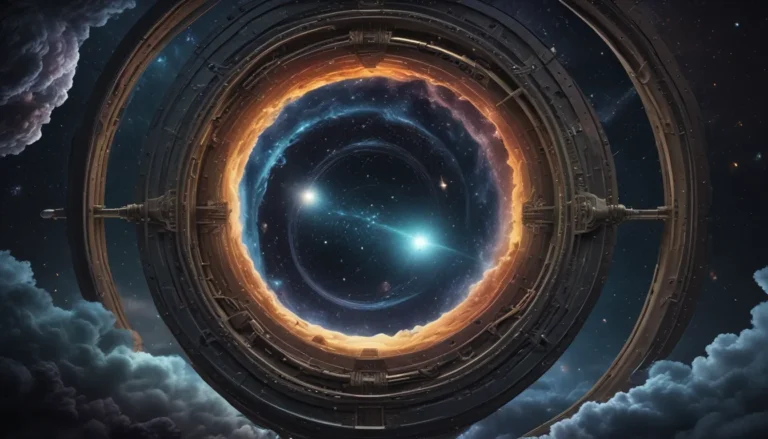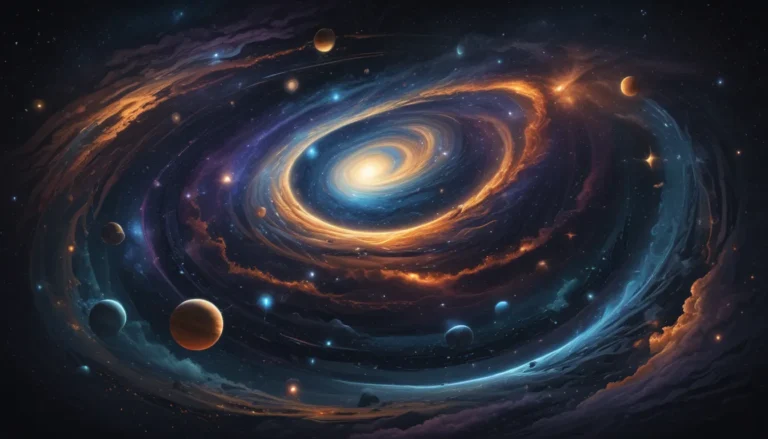The pictures we use in our articles might not show exactly what the words say. We choose these pictures to make you interested in reading more. The pictures work together with the words but don’t take their place. The words still tell you the important facts.
The interstellar medium (ISM) is a captivating expanse of matter and energy that fills the space between stars in the universe. It is a crucial component of our cosmic environment, contributing to the formation and evolution of galaxies, as well as the birth and death of stars. Join us on an exhilarating journey through the vast expanse of interstellar space as we uncover 20 intriguing facts about this enigmatic entity.
Exploring the Depths of Interstellar Medium
The interstellar medium is like a cosmic soup, filled with gas, dust, and even organic molecules. It serves as the cradle of star formation and brings forth the beautiful colors of nebulae in space. Studying the interstellar medium can unlock secrets about the origins of life and the dynamics of galaxies. It is a dynamic and ever-changing part of the universe that adds depth and beauty to the night sky.
The Cosmic Filling of Interstellar Medium
-
Vast Expanse of Space: The interstellar medium, or ISM, refers to the matter and energy existing between stars within a galaxy. It fills the vast expanse of space and plays a crucial role in the formation and evolution of celestial bodies.
-
Composition: The ISM consists of gas, dust, and cosmic rays. The gas is primarily hydrogen and helium, while dust particles are made up of heavier elements like carbon, oxygen, and silicon.
-
Extreme Sparsity: Despite its vastness, the interstellar medium is extremely sparse, with just a few atoms or molecules per cubic centimeter on average. This thinness allows light from distant stars to travel relatively unimpeded through space.
Cosmic Dance of Creation
-
Star Formation: The interstellar medium is vital for the birth of new stars. Gravitational interactions and disturbances within the medium can lead to the formation of protostars within molecular clouds.
-
Molecular Clouds: These dense regions within the ISM are the breeding grounds for stars, with gas and dust clumping together to create ideal conditions for star birth. Some molecular clouds span hundreds of light-years in size.
-
Colorful Nebulae: Nebulae, or stellar nurseries, are vast clouds of gas and dust illuminated by nearby stars. The interstellar medium scatters and absorbs light, producing the vibrant colors observed in these cosmic phenomena.
Forces at Play in the Interstellar Medium
-
Shock Wave Propagation: Explosions like supernovae release energy that generates shock waves propagating through the interstellar medium. These shock waves compress gas and dust, leading to the formation of new stars.
-
Complex Organic Molecules: Surprisingly, the interstellar medium contains a variety of organic molecules, including formaldehyde, ethanol, and amino acids. This hints at the presence of life's building blocks throughout the universe.
-
Temperature Variance: The interstellar medium exhibits various temperature ranges, from near absolute zero to thousands of degrees Celsius. The presence of hot, ionized gas contributes to these temperature variations.
Cosmic Forces of Magnetism
-
Magnetic Fields: Strong magnetic fields permeate the interstellar medium, shaping the flow of matter within it. These fields play a crucial role in star formation dynamics and galactic evolution.
-
Celestial Object Motion: The interstellar medium exerts drag forces on celestial objects passing through it, causing their trajectories to change. This phenomenon, known as interstellar medium drag, affects comets, asteroids, and spacecraft.
-
Light Absorption and Scattering: Gas, dust, and particles in the interstellar medium can absorb and scatter light passing through it, leading to the dimming and reddening of starlight, referred to as interstellar extinction.
Beauty and Wonder of Interstellar Medium
-
Not Empty, but Vast: Despite being often described as empty, the interstellar medium is far from devoid of matter. Even in the most dilute regions, atoms, molecules, and particles scatter throughout the expanse of space.
-
Auroras and Twinkling Stars: The interstellar medium can create phenomena like auroras when high-energy particles interact near a planet's magnetic poles. Interstellar scintillation, caused by density fluctuations in the ISM, can give rise to twinkling starlight.
-
Galactic Dynamics: The interstellar medium significantly influences the evolution of galaxies, affecting star formation rates, supermassive black hole growth, and galactic mergers and interactions.
Unlocking Cosmic Mysteries with Interstellar Medium
-
Insight into the Cosmos: Studying the interstellar medium provides valuable insights into the conditions and processes shaping galaxies, as well as the universe's nature. It allows scientists to investigate the composition, temperature, and density of the vast cosmic environment.
-
Origin of Life Clues: Understanding the interstellar medium is crucial for unraveling the mysteries of life's origin. The presence of organic molecules within it offers hints about life's emergence on Earth and the existence of life elsewhere in the universe.
-
Ever-Changing Nature: The interstellar medium is not static but a dynamic and ever-evolving entity influenced by stellar evolution, supernova explosions, and feedback from newly formed stars. It creates a continuous cycle of matter and energy within galaxies.
Painting the Night Sky with Interstellar Medium
- Cosmic Nightscapes: The interstellar medium, with its scattering, absorption, and reddening effects, contributes to the night sky's appearance. It adds depth and complexity to the celestial panorama, offering a glimpse into the vastness and beauty of the universe.
Journey of Discovery and Exploration
As our understanding of the interstellar medium deepens, so does our knowledge of the universe. It is an ongoing journey of discovery that fuels scientific exploration and sparks curiosity about the cosmic tapestry surrounding us. Join us in exploring the wonders of the interstellar medium and unraveling the mysteries of the cosmos.
FAQs
Q: What is the interstellar medium?
A: The interstellar medium refers to the vast expanse of space between stars containing gas, dust, and other particles.
Q: How is the interstellar medium studied?
A: Scientists study the interstellar medium through techniques like spectroscopy, radio astronomy, and space-based missions.
Q: What are molecular clouds?
A: Molecular clouds are dense regions within the interstellar medium primarily composed of molecular hydrogen and other molecules.
Q: What are cosmic rays?
A: Cosmic rays are high-energy particles originating from beyond our solar system and traveling through the interstellar medium.
Q: How does the interstellar medium influence star formation?
A: The interstellar medium provides raw materials for star formation, as gas and dust can condense and collapse under gravity.
Q: Can the interstellar medium affect space travel?
A: Yes, the interstellar medium can pose challenges for spacecraft, potentially causing damage and affecting navigation systems.
In conclusion, the interstellar medium holds a multitude of secrets waiting to be uncovered. By delving into its mysteries, we gain a deeper understanding of the cosmos and the processes that shape our universe. Join us on this cosmic journey as we explore the vast expanse of interstellar space and unravel the enigmatic nature of the interstellar medium.
